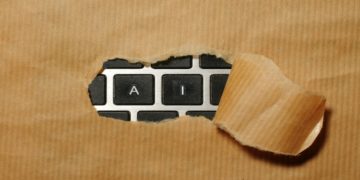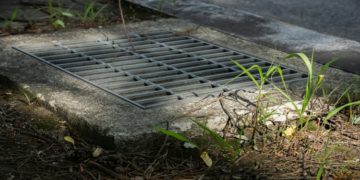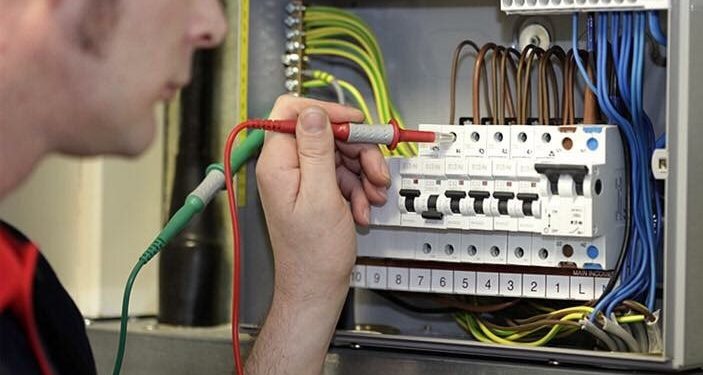A full report for Electrical Installation Condition Report checks the electric installations for safety in the whole property. It covers any hazards, deterioration, or defects that might pose risks. This means that all the electrical systems satisfy the legal requirements under safety measures.
Electrical safety matters in homes and offices. Wiring and electrical components with the passage of time develop weaknesses, and this increases the risk of electrical fires and accidents.
Who Needs an EICR?
Various property owners require EICRs, including:
- Landlords: It is a legal requirement to show the safety of the tenants in their property.
- Homeowners: It helps maintain the electrical safety of the house and prevent hazards.
- Commercial owners: It helps comply with legislation regarding workplace safety and minimizes liability risks.
- Estate agencies and property management firms: They need EICRs for the proper safety of managed properties and compliance with regulations.
How Frequently Must One Get an EICR?
The EICR testing in Leeds varies according to the property type:
- Rental properties – Every 5 years or prior to changes in tenancy.
- Private homes – Once in ten years for safety.
- Commercial properties – Once in five years as per business regulations.
- Industrial properties – Once in three years due to heavy electrical usage.
- Public buildings (including schools and hospitals) – Every 5 years.
What Does an EICR Inspection Cover?
EICR inspections cover a thorough inspection of:
- Wiring and circuits – assess them for any damage or being outdated.
- Fuse boxes – looking at fuse boxes to see if they meet modern safety standards.
- Earthing and bonding – assess earthing and bonding for safety.
- Electrical fixtures – evaluate the socket, switches, and lighting for any faults.
- Overloaded circuits – assess for circuits in danger of overheating.
- Potential fire hazards – surveying electrical faults causing fire threats.
What happens during the EICR testing?
A qualified electrician will conduct a number of tests in order to have a good inspection of your current electrical installation. The steps are as follows:
Visual Inspection– Checking for visible damage, outdated wiring and missing components.
Live Testing– Finding out how electricity flows through and connects broken or faulty channels.
Dead testing– Finding out the circuits’ ability to shut them off with respect to any faults.
Load testing– Aiming to be seen whether the circuits will manage their loads or adjustments will have to be made.
Putting the Report Out there-Giving the detailed report on a grading system for any detected issues:
C1– Immediate danger visible, action required urgently.
C2– Possible danger, should be fixed soon.
C3- No immediate danger but recommends improvement.
Importance of EICR for Safety?
Electric faults lead to dangerous situations like fire hazards and electric shocks. With regular testing of EICRs, it helps to:
- Prevent accidents and possible fire hazards.
- Compliance with laws as well as penalties.
- Protect occupants of properties against electric hazards.
- Improves energy efficiency through identification and fixing of inefficient circuits.
What Are Legal Obligations Under EICRs in the UK?
Landlords must have an EICR regarding the properties they rent under the Electrical Safety Standards In The Private Rented Sector Regulations, 2020. Failure to comply leads to:
- A fine of up to £30,000.
- It will be difficult to rent the house legally.
- It will have legal repercussions if any electrical problems arise and cause harm.
How Much Does One Have to Pay for an EICR?
A EICR will cost different amounts depending on:
- Property size– the bigger homes or buildings will take longer and need more work.
- Number of circuits– The more circuits there are, the more testing is required.
- Condition of the wiring– The older wiring systems are likely to need extra checks and repairs.
- Location– Price may vary according to your area and service provider.
How to Book an EICR Inspection?
It is quite simple to schedule an EICR test. Just be sure to contract a certified electrician in Leeds who:
- Was professional and had considerable experience.
- Will provide detailed reports with recommendations that are easily understood.
- Transparent yet competitive pricing.
- Lazy in compliance with safety regulations according to the UK.
Can a property fail the EICR test?
Yes, the EICR test for a property can be failed concerning severe electrical defects. Some common reasons are the following:
- Obsolete or defective wiring that does not meet safety standards.
- Overloaded circuits, which have the potential to ignite fires.
- Earthing and bonding insufficient for the avoidance of electric shocks.
- Defective fuse boxes, which cannot protect sufficiently.
What To Do If Your Property Fails An EICR?
If your EICR test in Leeds fails, do not panic! The report will state what needs to be rectified. These rectifications will be carried out by a qualified electrician before arranging the re-test for your property to be in compliance.
So why wait until something goes wrong? Book your EICR test today and protect your property.












































































